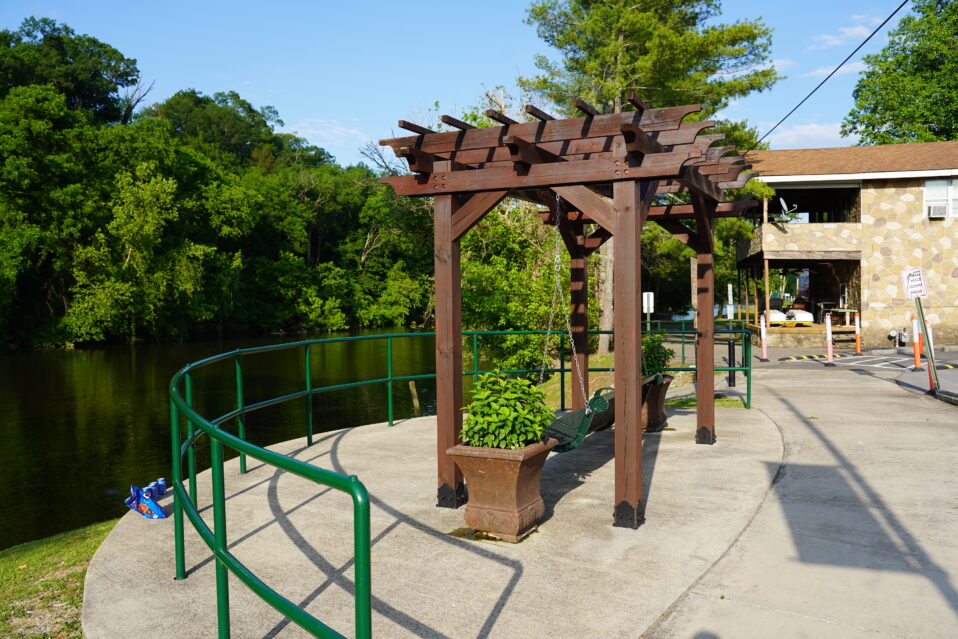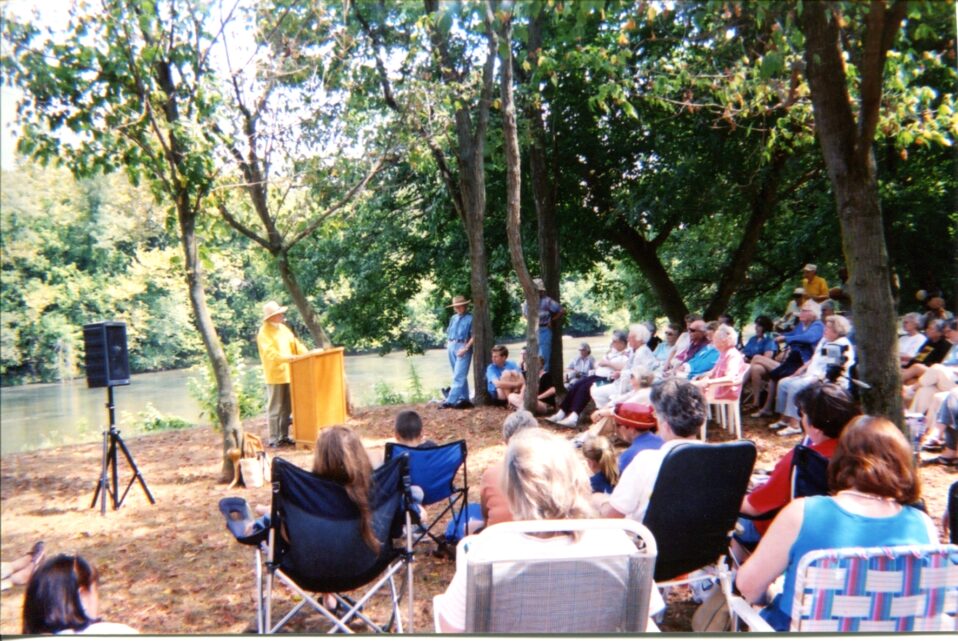Discover music, nature, and small-town charm in East Tennessee
If you’re looking for a relaxing place to unwind in downtown Newport, Tennessee, head to Riverwalk Park — a scenic green space that follows the gentle flow of the Pigeon River. This riverside gem is a favorite local spot for walking, fishing, picnicking, and simply taking in the beauty of the Smokies and East Tennessee.
Whether you’re planning a family outing, a peaceful solo stroll, or an evening of live music under the stars, Riverwalk Park is one of Newport’s can’t-miss attractions.
Rhythm on the River: Free Summer Concerts
During the summer months, the park comes alive with Rhythm on the River, a free outdoor concert series that brings live music and community spirit to the heart of downtown. From bluegrass and country to classic rock, each show features local and regional bands performing on the riverside stage.
Bring a lawn chair or blanket, pack a picnic, and enjoy an evening surrounded by friendly faces, good music, and the cool breeze off the Pigeon River. It’s a true small-town Tennessee tradition and one of the best free things to do in Newport during summer.
Fish, Stroll, and Picnic by the River
Enjoy the simple pleasures of the outdoors at Riverwalk Park:
- Cast a line for smallmouth bass or trout in the Pigeon River.
- Take a peaceful walk along the paved Riverwalk Trail, spotting local wildlife and soaking in views of the Smoky Mountain foothills.
- Pack a picnic and unwind at shaded tables or open grassy areas — a perfect way to spend a sunny afternoon.
Explore Downtown: Shops and Eats Nearby
Just a short stroll from Riverwalk Park, downtown Newport offers a mix of local shopping and dining.
- Browse Fruit Jar Alley, a charming boutique known for its Southern-inspired fashion, home décor, and gifts.
- Stop by Simpli Café or Snowbird Coffee for a refreshing drink or light bite.
- End your day with a casual dinner at Neighborhood Beer House or Debbie’s Drive-In, local favorites that capture Newport’s fri
Plan Your Visit to Riverwalk Park in Newport, TN
With scenic river views, family-friendly fun, and live summer music, Riverwalk Park is a perfect example of what makes Newport, Tennessee such a welcoming destination. Whether you’re visiting for a weekend getaway or passing through on your Smoky Mountains adventure, take time to slow down, stroll the river, and experience the rhythm of this riverside town.
Plan your visit to Riverwalk Park today — where music, nature, and community meet along the Pigeon River.














